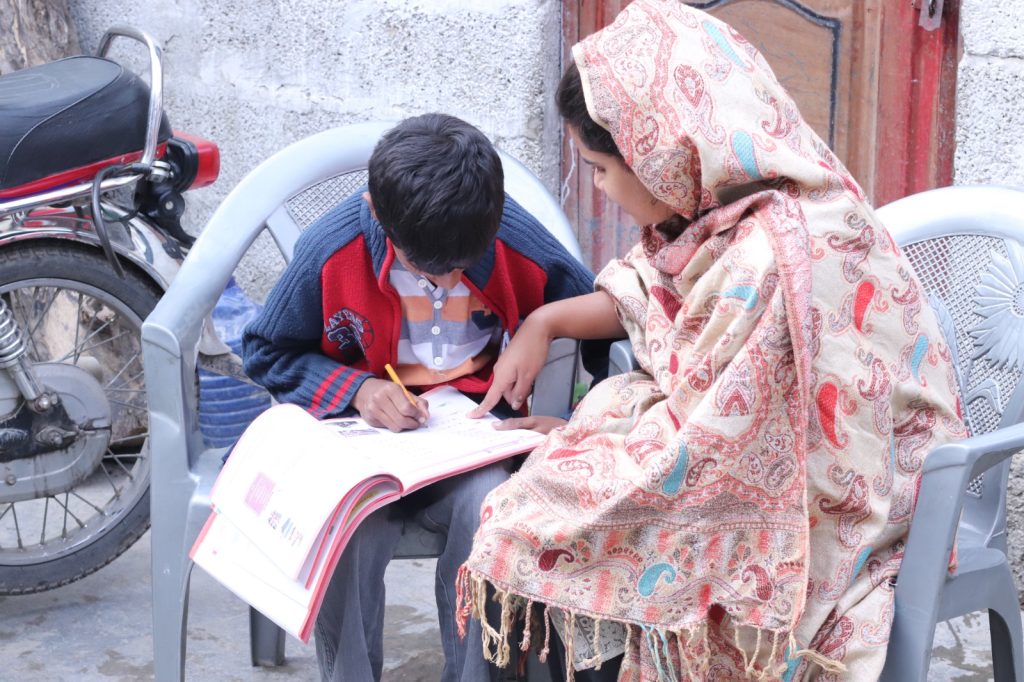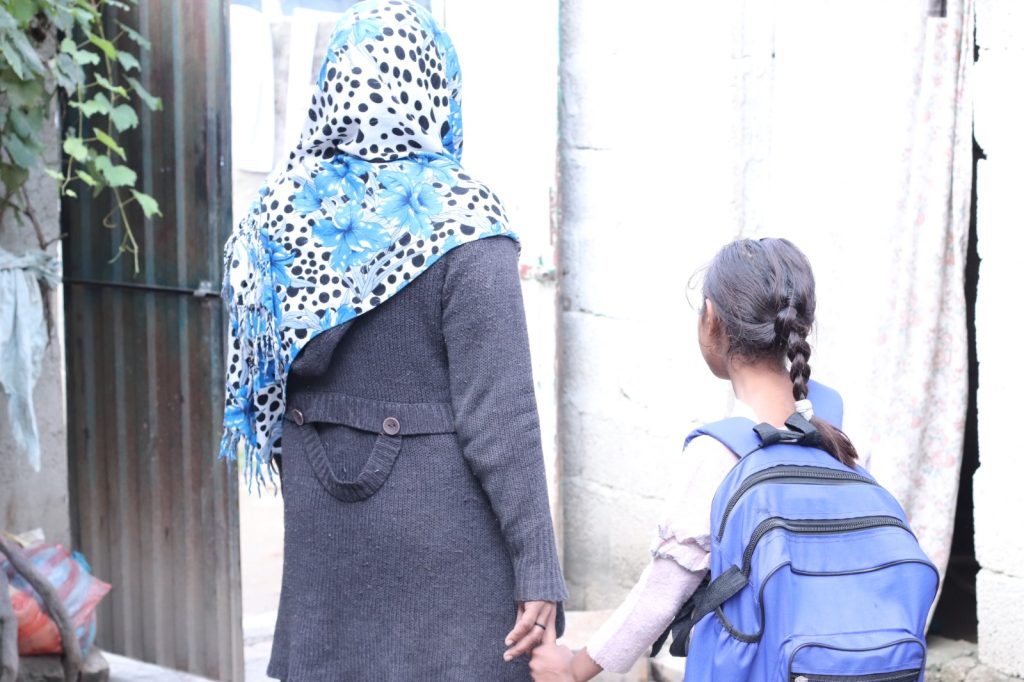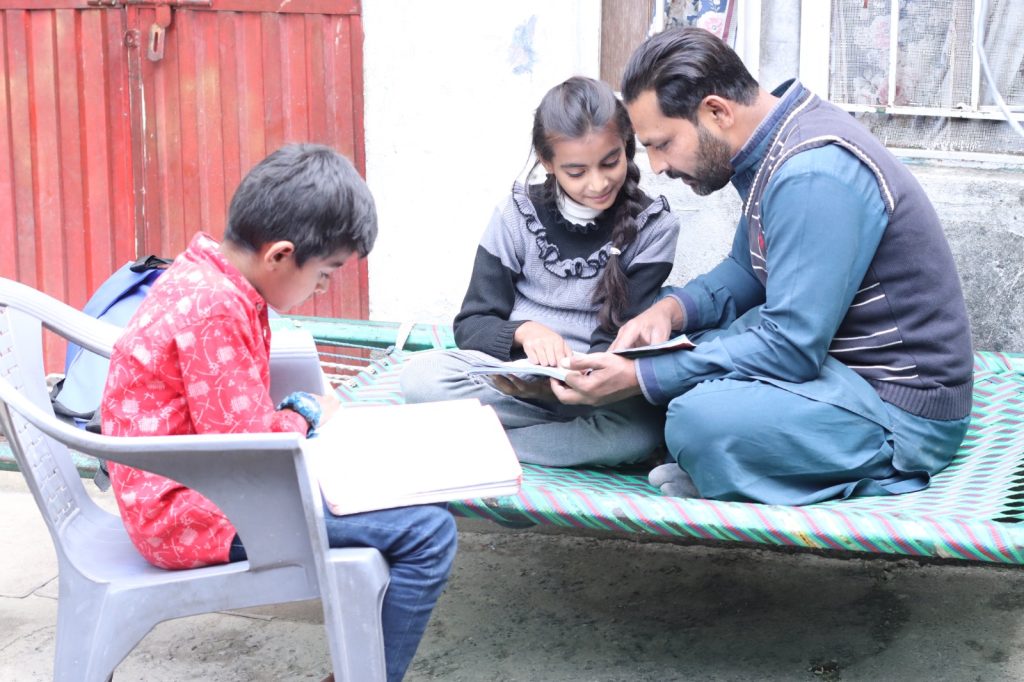77% of Pakistan children trapped in a cycle of learning poverty.
In Pakistan, most children aged 10 years (77%) are trapped in a cycle of learning poverty – a concept developed by The World Bank which refers to the inability to read and understand a basic text in English. This situation has only worsened due to emergency contexts such as the Covid’19 pandemic and the super floods in 2022 and is expected to further intensify with the risk of emergency threats in the future.
Approximately 23 million children in Pakistan are out of school which forms a significant proportion of the group of children who are unable to read and understand. However, the high learning poverty rate also signifies that just having access to school is not enough. Even among children attending schools, the foundational skills of reading, writing, and numeracy are not being acquired during their formative years of education.

Comparison with regional countries also demonstrates a concerning picture in terms of our progress on national learning levels:
- In the last 15 years, Pakistan’s adult literacy rate i.e the percentage of people aged 15 and above who can both read and write with understanding a simple statement, only increased from 54% to 58%, while the literacy levels in Bangladesh rose from 50% to 78% in the same period.
- Learning Poverty, as defined above, in Pakistan is 18.3% higher than the average for the South Asia region and 16.6% higher than the average for lower middle-income countries.
These low literacy levels reflect the multifaceted challenges faced by our education system, both on the supply side and the demand side. On the supply side, inadequate infrastructure capacity, limited learning resources and shortage of teachers hinder access to quality learning. Whereas on the demand side, factors such as lack of affordability, low awareness and limited parental support further exacerbate the issue. So, what does this mean for the future of millions of Pakistani children and their socio-economic well-being?

These limitations severely hamper children’s opportunities and hinder their journey towards continuous learning and personal growth. They also disproportionately impact marginalized groups such as girls who are already deprived of equal and quality access to education and further left behind when not equipped with foundational skills. According to the World Bank’s Human Capital Report 2023, the dropout rate for girls rises from 34% in primary school to 73% in secondary school.
Moreover, the inability to read fluently acts as a barrier to a world of advanced skills that are built upon the foundation of reading. As efforts are being made to introduce such advanced skill development and learning programs for example the Prime Minister’s Youth Skill Development Program, courses and trainings by Ignite National Technology Fund or Prime Minister’s Youth Laptop Scheme to help the youth keep pace with the changing nature of work, it is crucial to realise the importance of building a strong foundational learning base upon which all advanced skills rest.
To address the learning crisis in Pakistan, the Ministry of Federal Education and Professional Training (MoFEPT) organised a two-day conference on June 21-22 earlier this year in which several commitments were undertaken to promote the cause of literacy in Pakistan. Some of the main commitments also centred around reading covering key areas such as a) the integration of a one-hour reading session for all children in primary schools and b) development and implementation of a nation-wide/province-wide reading assessment to accurately and timely measure childrens’ reading levels.
The Ministry’s commitment to fostering an enabling culture of reading through the integration of one-hour reading sessions in primary schools is an attempt to strengthen the foundational learning base of children. Evidence worldwide has underscored the potential of reading as an effective tool for developing literacy skills, including comprehension, fluency and vocabulary. Subsequently, boosting early reading assessments is equally critical to detect gaps early on in the process and prevent drop-out rates or stunted growth among children.

Previous efforts to address reading challenges have included the Pakistan Reading Project (PRP), an initiative by the USAID, International Rescue Committee (IRC) and the Ministry, which claims to have reached more than 1.7 million students in total. Post-project research revealed some evidence of improvements in the reading performance of children, generating hope regarding such initiatives. Global examples such the Pratham Read India Project also validates the effectiveness of one-hour reading programs on children’s overall literacy levels.
It is high time we emphasise the need to prioritise foundational learning and pave the way for a better and brighter future for the children of Pakistan!

![Considering a career in textile and fashion? Then don't miss the Imperial Tutorial College Open Day on Sunday 28th July! Get more details at @imperialcollegepk. See you there!
.
.
.
[ Education Undergraduate Fashion Textile Design UrbanLoungeOnline ]](https://urbanloungeonline.com/wp-content/plugins/instagram-feed/img/placeholder.png)



